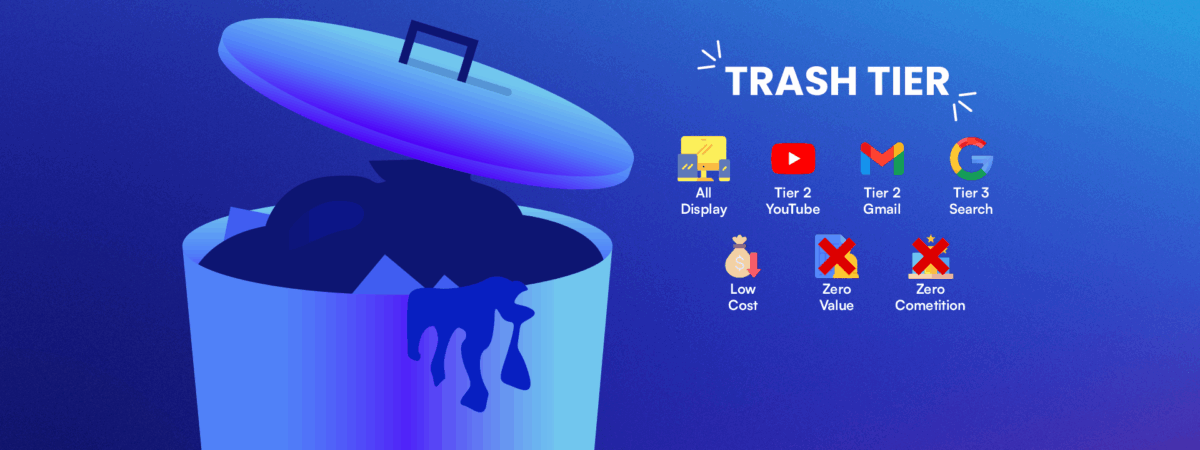
Google is Robbing You… and You Can’t Stop Them
If you’re advertising on Google, they’re reaching their hand into your pocket and jamming money into theirs.
If you’re advertising on Google, they’re reaching their hand into your pocket and jamming money into theirs. The harsh and ugly truth is that Google, the largest ad platform in the world, has become outright hostile to its customers: the people who buy advertising on their platform, AKA, you. In fact, Google is working hard at, and succeeding, in making advertisers less profitable so it can further line its own pockets. It’s a strong claim that one of the largest companies on the planet is actively trying to hurt its customers, but there is ample evidence to support this position.
Before I go into detailed evidence for how Google is actively screwing you over and how it is only going to get worse, it is important to understand the why behind it. Google operates an effective monopoly and captures 92% of the entire search market.
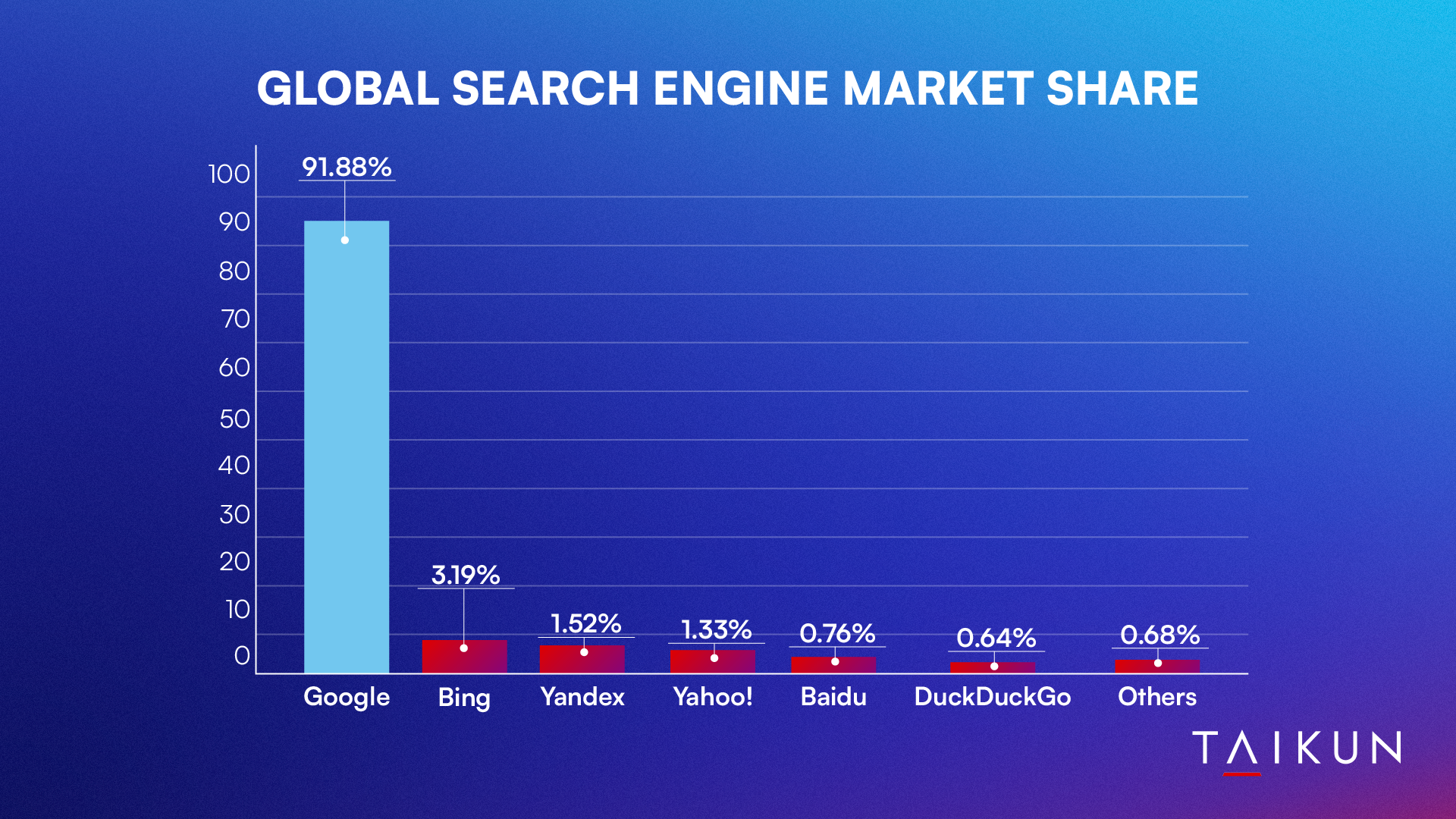
In mature markets like the US and other Western countries, this means that there is virtually zero additional search ad inventory that Google can create. They cannot manufacture more searches or get more of the market.
As a publicly traded company, they need to show revenue growth. And since they have limited capacity to grow the size of the pie or their share of it, their primary avenue for revenue growth is to increase how much people will pay for the ads.
There are two ways that Google can increase how much people will pay for ads. They can increase the quality of the ad and the expected return from the ad, which can result in advertisers bidding more. Or, they can take inventory that has minimal interest from advertisers and force more advertisers to bid for it, thus raising the price.
It is important to think about Google’s ad inventory in tranches. The highest quality inventory, let’s call it premium search, is already remarkably competitive and near a level where there is little additional profit to extract because everyone is bidding on it.
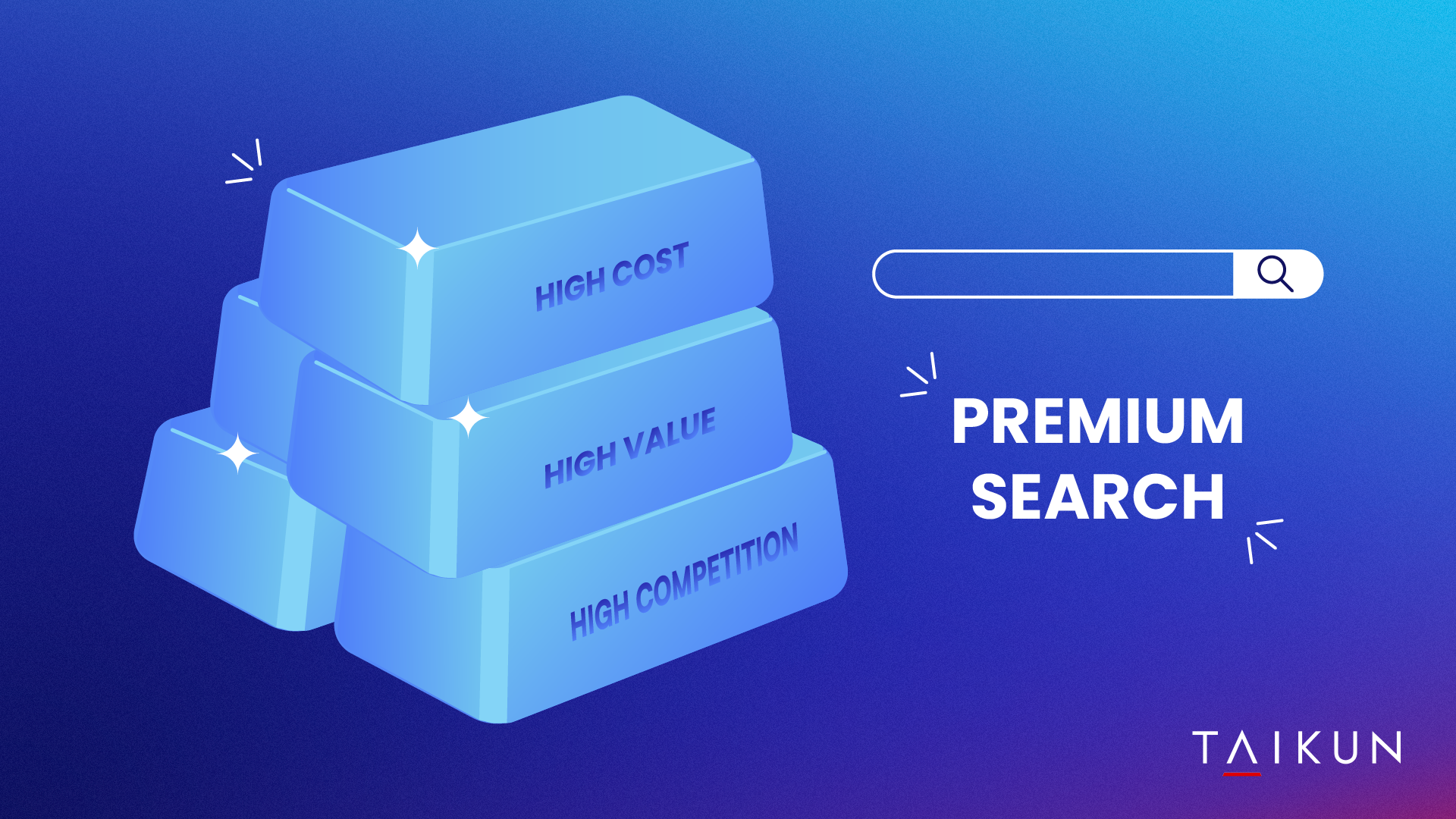
The middle quality inventory includes you tube, Gmail, and mid tier search. There’s bidders for this inventory, some see success with it, and there’s room to get more bidders in and improve the quality of the product.
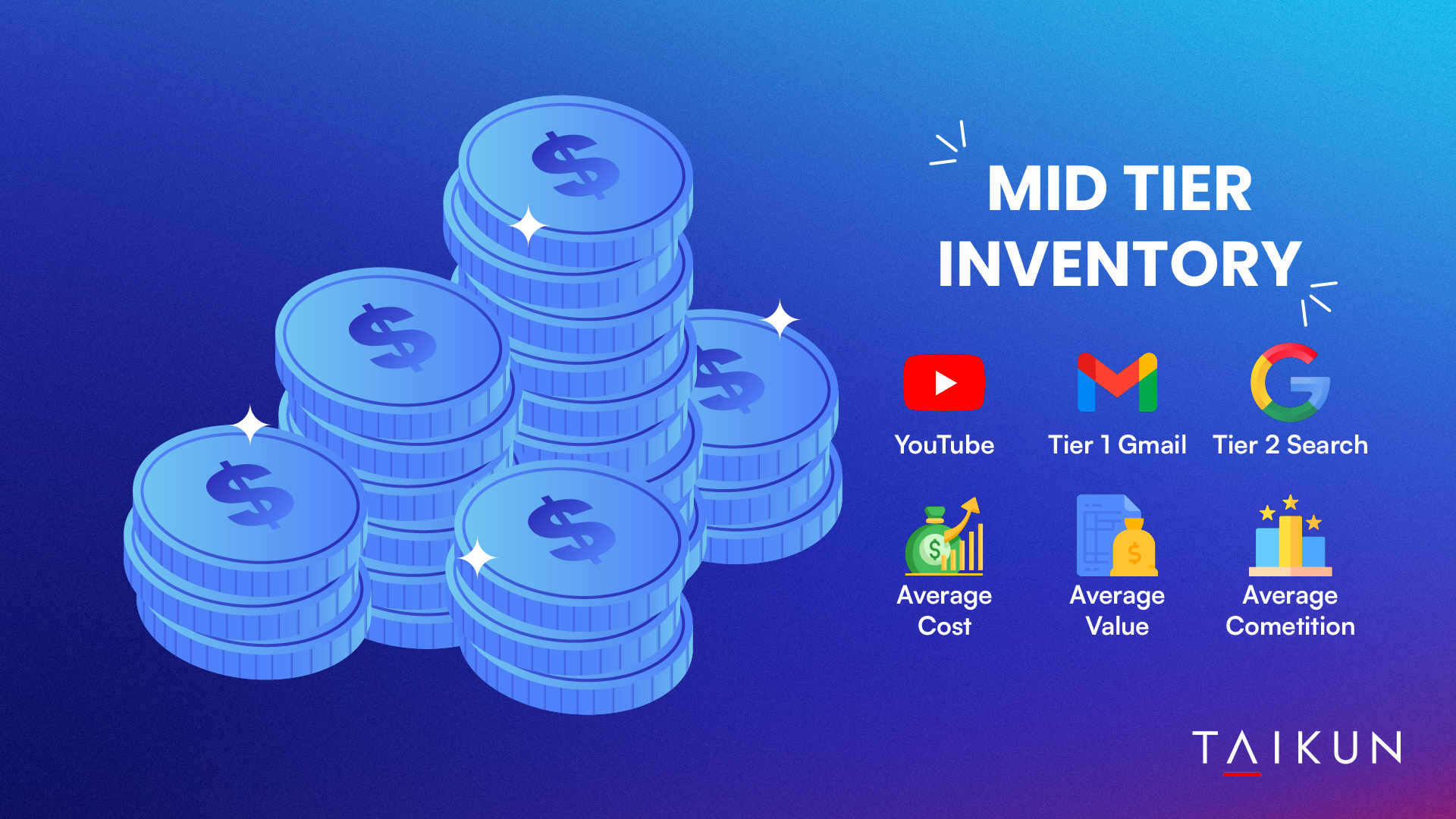
The final tranche is the garbage. This is almost all display inventory, lots of Gmail inventory, and the last third of search. Nobody wants to pay for this inventory because it has no value. This is the stuff that advertisers actively try to not bid on through using exclusions and negative keywords.
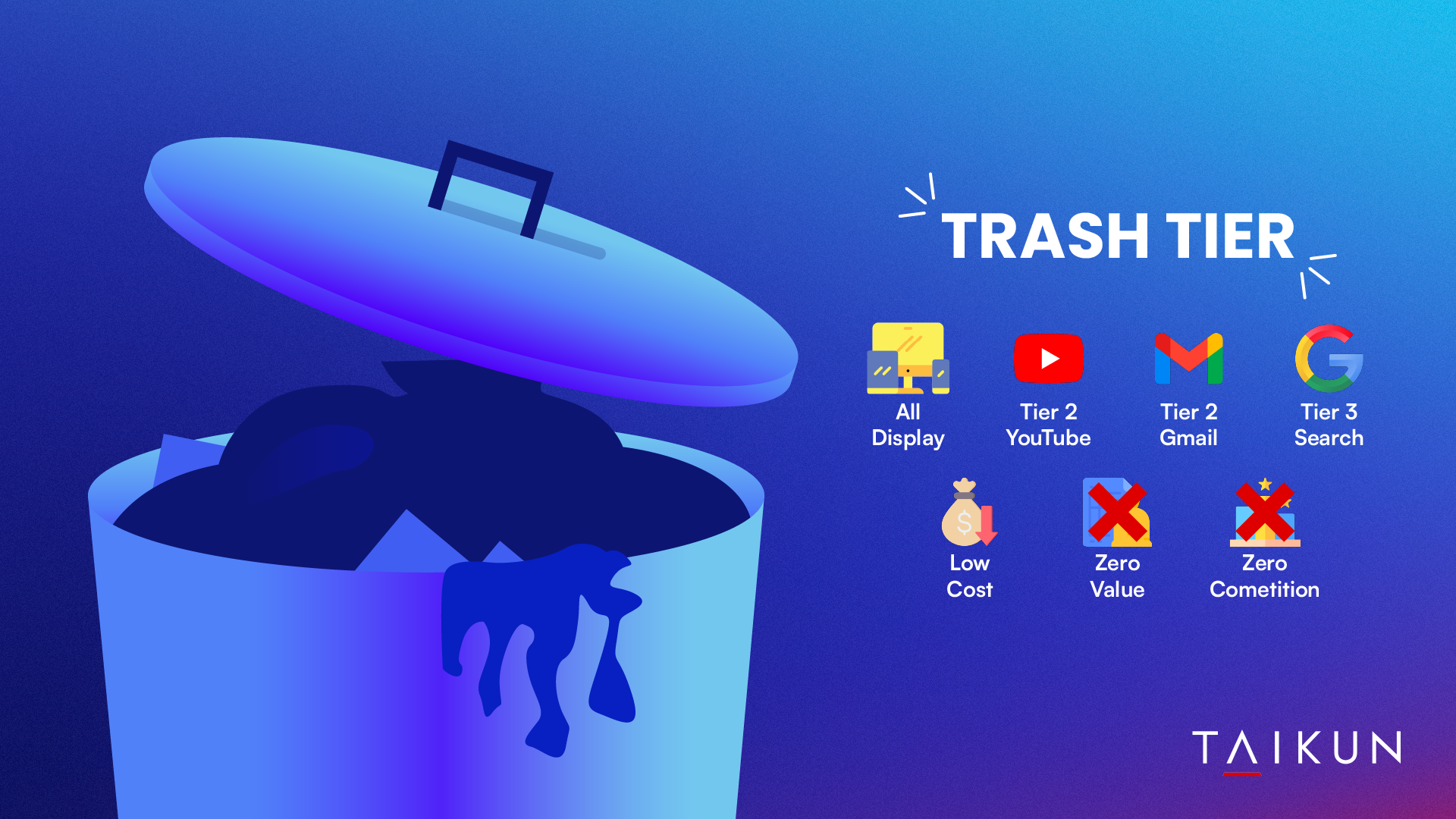
The problem with the garbage tranche is that Google has a ton of it, and in order to boost revenue they need to sell it. How does Google sell garbage that nobody wants to buy? By leveraging their monopoly power to force people to buy it.
This type of monopolistic behavior is nothing new. We have food safety laws in the US because food manufacturers were increasing their profits by quite literally bulking up the weight of sausage by putting sawdust in it.
If we look back on the last 7 years of ad platform changes through the lens of Google boosting profit by forcing advertisers to buy garbage, aka fucking you, every change they’ve made makes sense.
The ever-broadening of match types is a perfect example of this. Exact match used to have to exactly match your keyword. Phrase had to include the phrase in that order. By loosening up these match types, Google was able to increase the amount of searches your ads could show up for, even if they are only minimally related to the keyword you are trying to buy.
Advertisers could see this in their results, and there was an increase in negative keyword usage. It became an arduous task to constantly go into the search query report and remove terms that were a waste of money which Google had slipped in there.
In response to this, Google made the decision to absolutely gut the search query report. Prior to September 2020, advertisers could see more than 98% of all search queries that their ads served against. Today, that number is below 50% for many advertisers, and for some it is as low as 20%. This means that many advertisers now have absolutely no idea where half or more of their money is going. Google claims that this change was made in an effort to protect user privacy, but there is no data to back this up. To make things even more frustrating, the average CPC of hidden searches has increased at a faster rate than visible searches. This makes sense when you realize that Google hid search queries in order to make people buy garbage they would otherwise exclude. With fewer people able to exclude these terms, more buyers were in the auctions which increased prices.

This has also happened with other parts of their inventory as well. For years, Google made it very easy to exclude low quality placements on the display network like in-app ads. This is the lowest quality ad inventory that exists on the internet. There is no more worthless advertising than in-app display. And everyone excluded it because it is worthless.
Google needs to sell it though, so they have removed the ability of advertisers to completely block mobile app inventory for display campaigns.
The latest innovation from Google in stuffing their sausage with sawdust is Performance Max. Performance Max hides almost all data about where your ads served or what searches they served against. Performance Max will take your target and attempt to give you that targeted result. And to achieve that goal, it will spend a little to capture extremely high intent brand search, and then burn the rest of your budget on unprofitable low-quality inventory to bring the blended result down to your target.
Google’s ultimate goal is to have their advertising system evolve into a flat tax on businesses. Every business has a minimum acceptable return. That is, the lowest return on their ad dollar where they will keep advertising. All returns in excess of this minimum acceptable return are viewed as a bug in the system by Google. Those are dollars that could otherwise go to Google, and they are working their hardest to ensure that those dollars do in fact go into their pockets instead of the advertisers’.
Historically, advertising on Google has been an exponential curve with the majority of the profits going to the top quartile of advertisers, but with each subsequent change to their system, they flatten the curve further and push advertiser results down toward the minimum acceptable return.

Without legislation to protect advertisers’ access to the data they pay for or significant anti-trust activity, the future of business online is one in which Google extracts every last dollar of profit for itself and leaves businesses that rely on search struggling to keep their heads above water.
Stay in the loop! Sign up to get our newest blog articles and exclusive resources delivered straight to your inbox.
Newsletter Signup
Related Articles
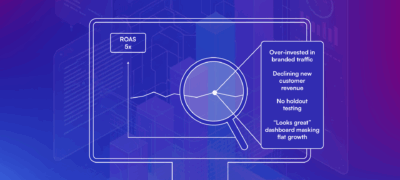
- PPC
What Great Paid Search Performance Hides, and Why D2C Marketing Leaders Need to Know
The “best-performing” paid search accounts don’t always fuel the most growth. As someone who’s audited and managed paid search accounts across…
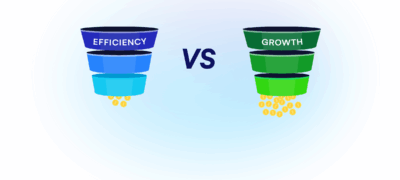
- PPC
Your Google Ads Metrics Look Great, So Why Aren’t You Growing?
At a glance, everything looks great. Your Google Ads account is hitting ROAS targets. Spend is stable and efficient. Branded search…
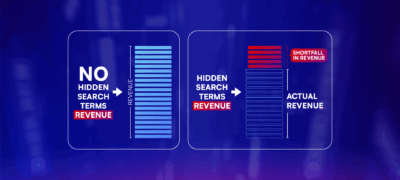
- PPC
The High Cost of Hidden Search Terms: How Google Skims Profit from Advertisers
Google claims that search terms are hidden for privacy reasons and not performance reasons, so we wanted to find out: Do…
How can we help you grow?



